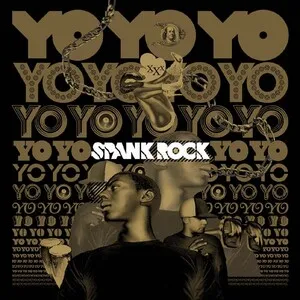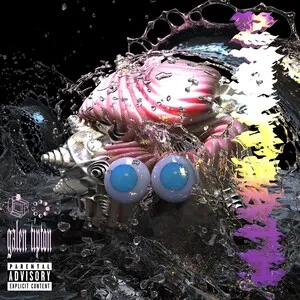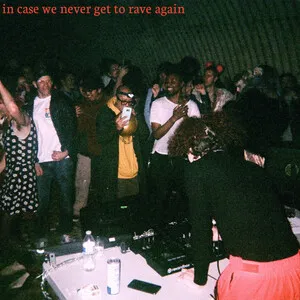
East Coast club is a high-energy, breakbeat-driven club style that emerged along the U.S. East Coast, uniting the chopped house-and-hip-hop DNA of Baltimore, Philadelphia, and New Jersey club scenes.
It centers on hard-hitting, syncopated kick patterns, rapid-fire vocal chops, and stop–start arrangements designed to trigger call-and-response on the dancefloor. Tempos commonly sit around 130–140 BPM, with minimal harmony, booming 808s, crunchy breaks (e.g., Sing Sing/Think-style hits), and iconic ear-candy such as airhorns, bed-squeak stabs, and crowd chants.
The aesthetic is raw, percussive, and loop-oriented: short phrases, aggressive edits, and rhythmic switch-ups maintain constant momentum. These traits made the sound perfect for battle dancing, block-party culture, and, later, viral choreographies on social media.
East Coast club coalesced from the club and block-party traditions of U.S. East Coast cities. In Baltimore, DJs fused Chicago house drum programming with hip-hop acapellas and classic breaks, creating a tough, percussive template that prioritized call-and-response, chopped vocals, and relentless groove. This Baltimore approach, circulating on mixtapes and local radio, set the cultural and technical blueprint for neighboring scenes.
As the sound spread up the I‑95 corridor, Philadelphia and New Jersey crews adapted the formula in their own styles—Philadelphia emphasizing hard edits and chant-like hooks; New Jersey crystallizing the now-famous stuttered kicks, stop–go drops, and signature sound effects that fueled dance crews. Collectives and grassroots labels traded blends, edits, and club tools via mixtapes, CDs, and early file-sharing sites, forging a shared but locally distinct "East Coast club" identity.
SoundCloud and YouTube propelled East Coast club beyond regional boundaries. Producers exported the break-heavy, vocal-chop aesthetic to festivals and pop/rap crossovers, while club-centric MCs began riding these beats, defining a parallel rap tradition over the same rhythms. High-profile remixes and collaborations introduced the sound to EDM and hip-hop audiences worldwide.
Short-form video platforms supercharged the style, with dance challenges and sped-up edits popularizing its signature bounce and stop–start arrangements. East Coast club patterns increasingly informed mainstream rap and drill in New York and beyond, while club-focused producers continued evolving the style with cleaner sound design, heavier bass systems, and hybrid arrangements.






